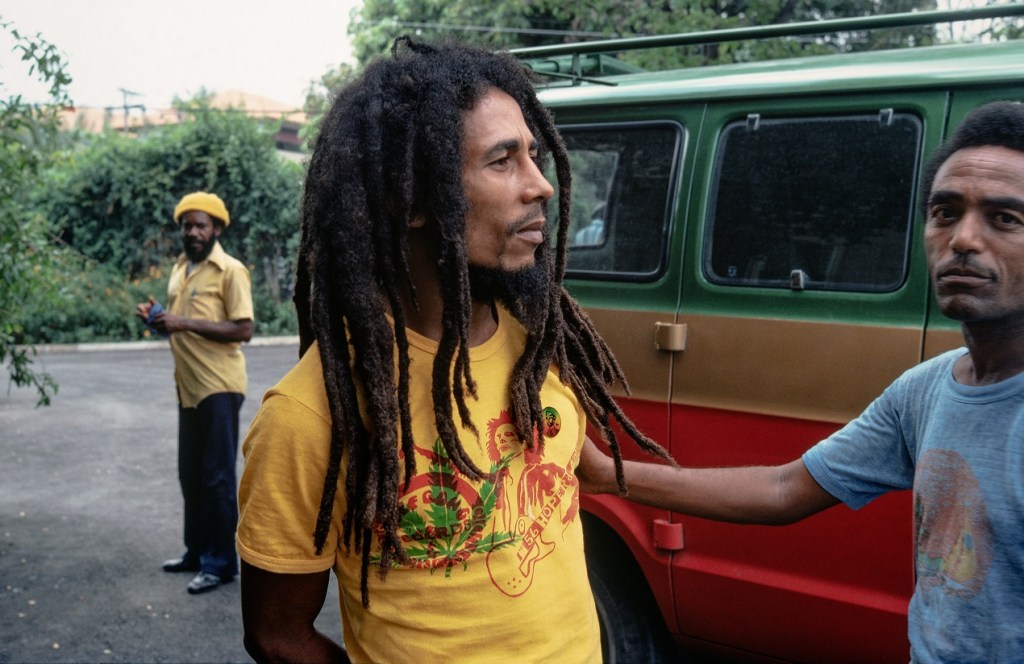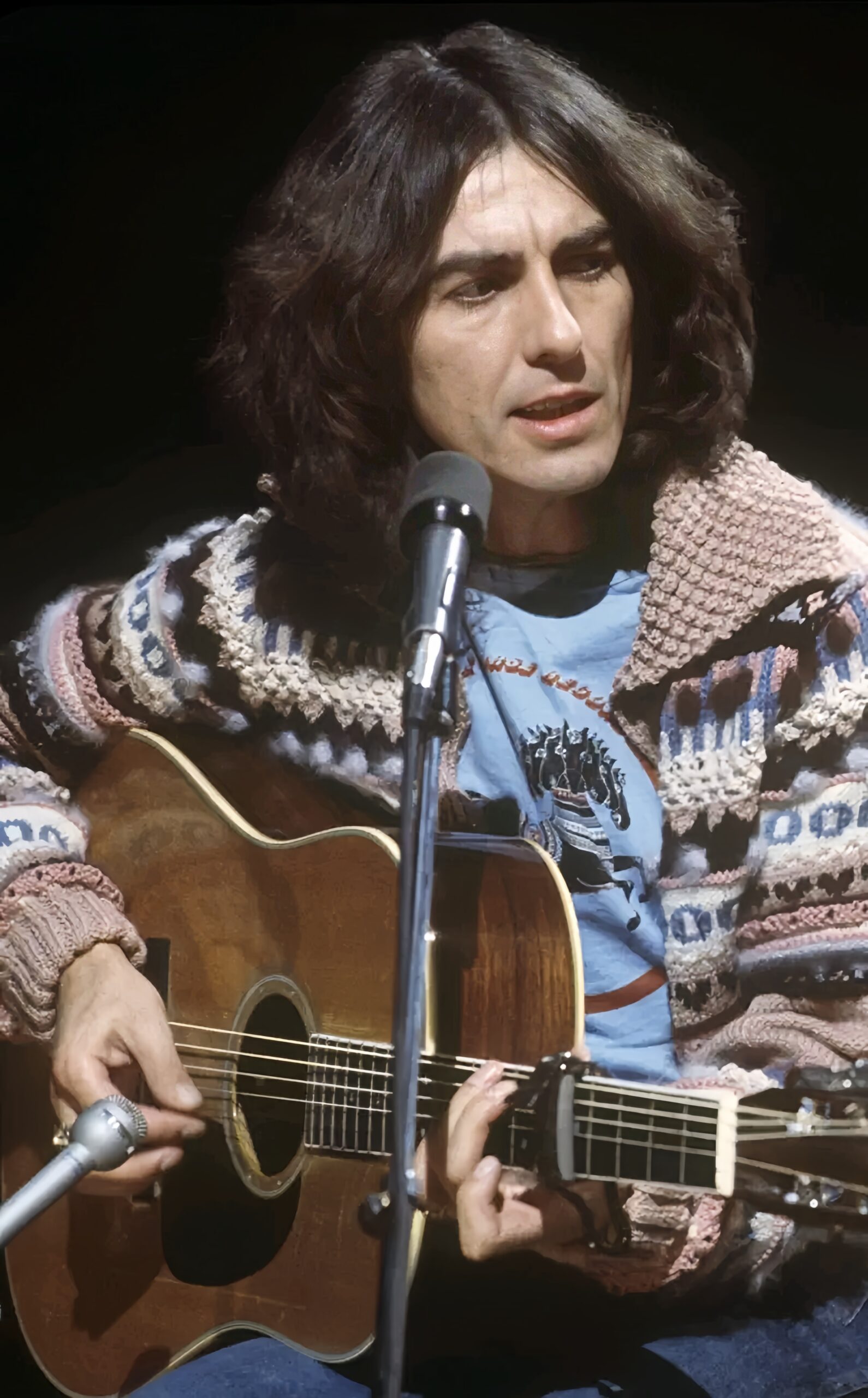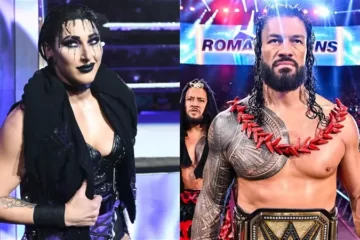In 2021, it’s nearly impossible to imagine the biggest recording artist in the country getting ambushed by a gang of gunmen in his own home. But that’s what happened to Bob Marley in Jamaica at the peak of his popularity. Marley was preparing to play a unity concert, Smile Jamaica, at the time.
If you’ve seen footage of the concert, you know Marley had the wounds to back up his account. Yet the bullet holes only make up part of the story; the motivation behind the assault remains unclear nearly 45 years after the fact.
Theories abound as to how and why gunmen entered Marley’s home, which doubled as his studio and rehearsal space. And they start with the two warring parties in contemporary Jamaican politics.
Bob Marley and 3 others with him were shot in December 1976
Most sources agree on the basics of Marley’s shooting. The incident took place on December 3, 1976, at 56 Hope Road in Kingston. When the gunmen had finished shooting, Marley, his wife Rita, Marley’s manager Don Taylor, and Marley friend Louis Griffiths counted among the wounded.
From there, you won’t find agreement on all the details. For instance, some reports indicate that 56 Hope Road had security guards out front. So either they ignored the invaders, went on an inconvenient break, or weren’t there in the first place. But two vehicles full of gunmen arrived and entered.
Reggae historian Roger Steffens spoke with several present that night over the years. Steffens included a section on the shooting in his 2017 oral history on Marley, So Much Things to Say. In that account, Steffens said (via Rolling Stone) that “the longtime guards mysteriously disappeared.”
Tyrone Downie, who played keyboards in the Wailers, told Steffens a gunman entered the room where he was and started firing indiscriminately. And Downie heard gunshots in other parts of the property. All told, witnesses on the scene counted between five and seven shooters.
Many point to political motivations behind Marley’s shooting
The Smile Jamaica concert could not proceed without the cooperation of the ruling socialist party (PNP) led by Michael Manley. So the fact Marley planned to perform at the event looked like a political endorsement. That drew the ire of the labor party (JLP), with which the PNP had been at war.
Going by that theory, the JLP would have ordered the shooting. They would go after Marley as a warning against backing the PNP so publicly. Yet Downie considered the possibility that the gunmen targeted Taylor, the man wounded most seriously.
Meanwhile, a question remained: How did everyone present survive? Six or seven gunmen could have killed everybody (all unarmed) in the house. Rita Marley, shot point blank in the head, fully recovered, as did Marley, Griffiths, and Taylor. In Steffen’s oral history, Marley biographer Stephen Davis relayed the account of Wailers guitarist Don Kinsey.
“Kinsey says that the gunman came in with this automatic weapon, looked at Bob, and obviously could have killed him,” Davis said. “Instead of aiming the weapon and shooting Bob, he aimed in a sort of vague, general direction. Don Kinsey insists if this man had wanted to kill Bob, he would have.” In that respect, it remains a puzzle over four decades later.



